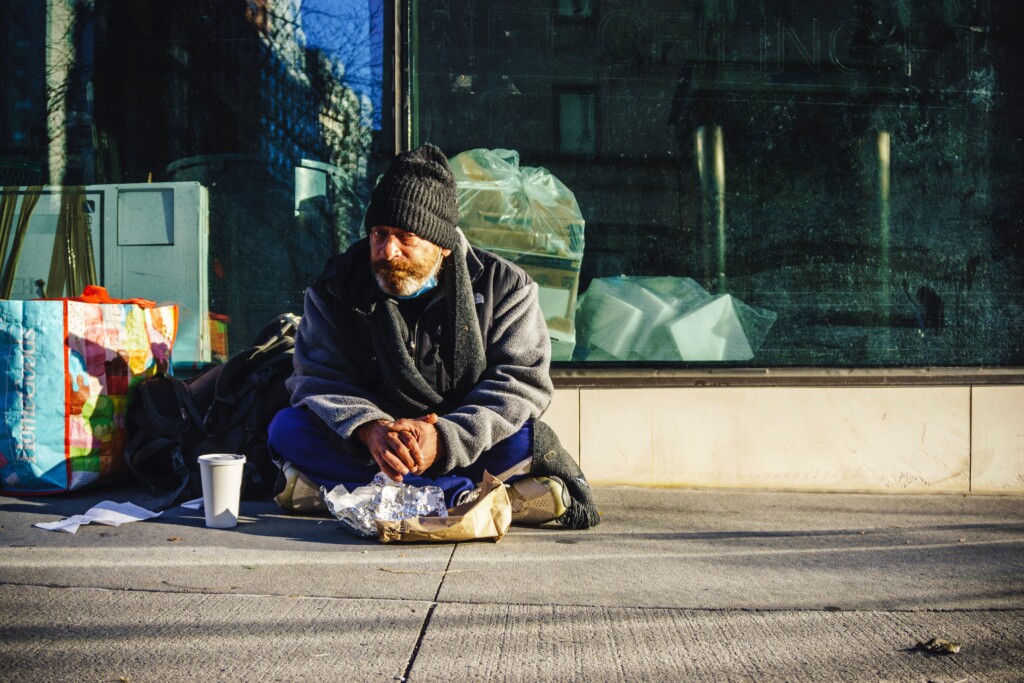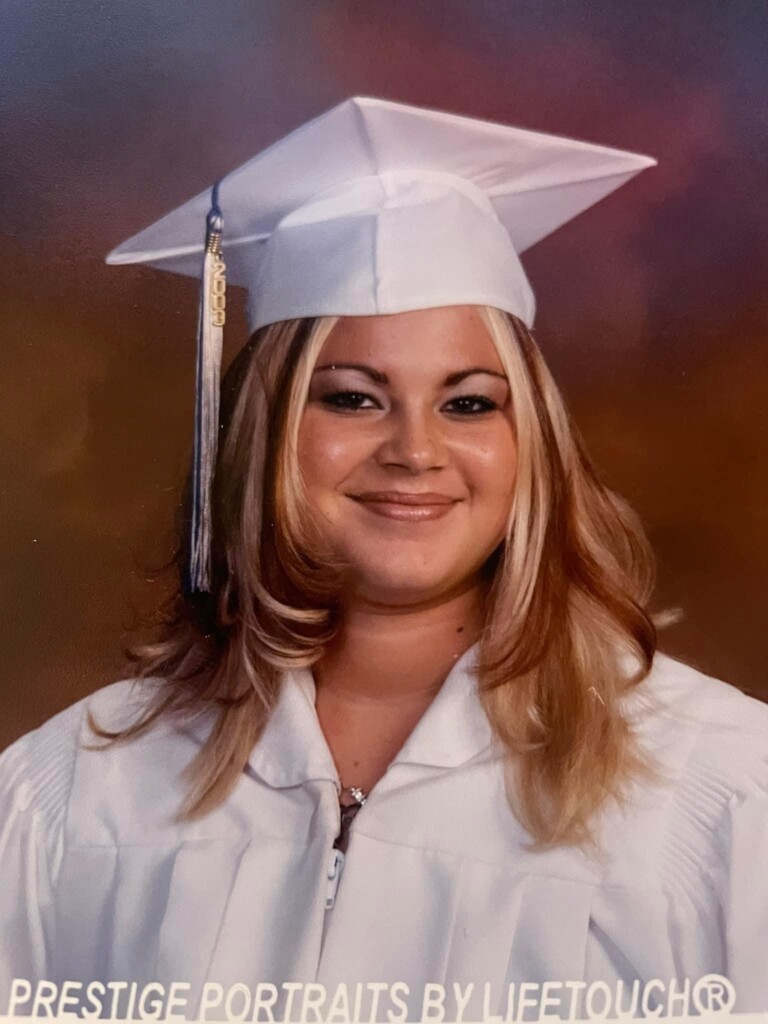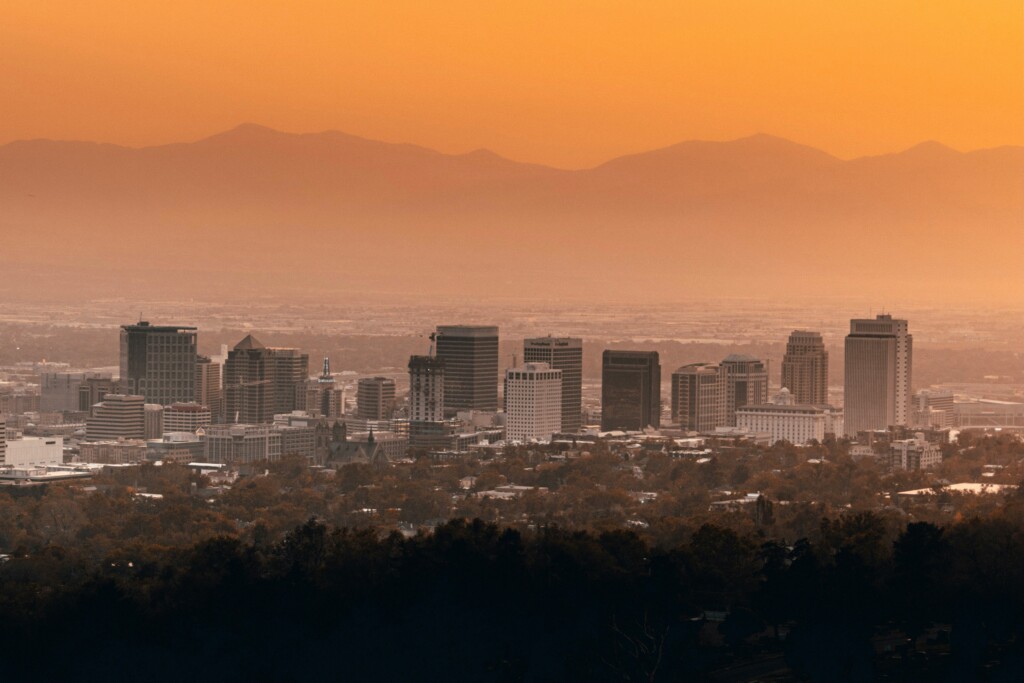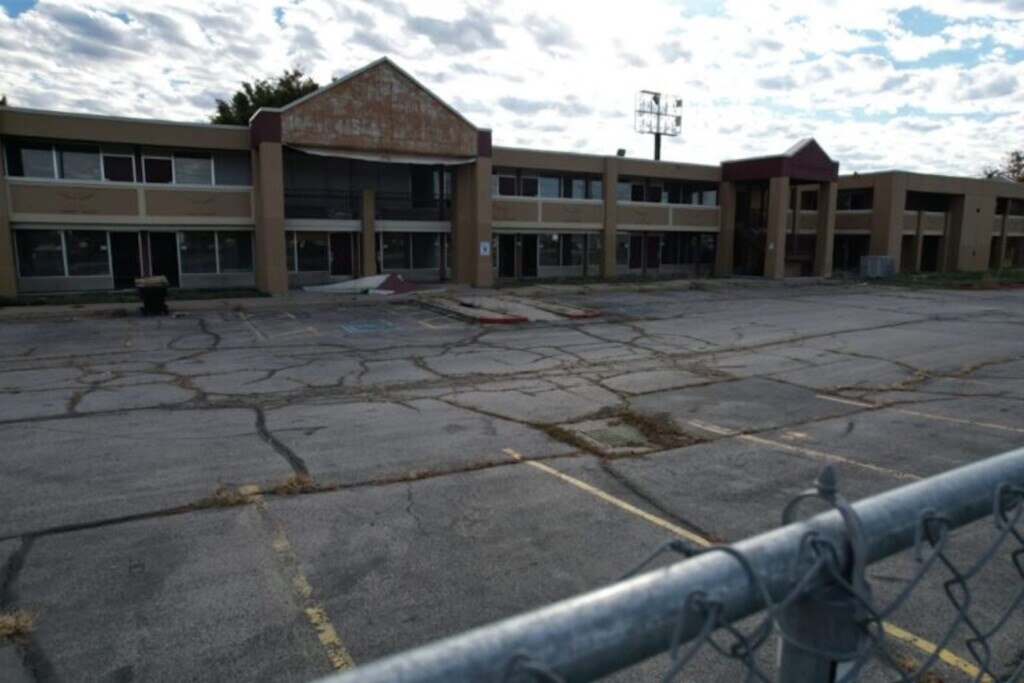In Salt Lake County there are currently no shelters that accept couples, so many couples choose to camp together in precarious places rather than stay in homeless shelters apart. One of the most common places offering beauty, seclusion but not always safety is along the Jordan River and the nature preserve called the Jordan River Parkway.
Those hardscrabble souls who are comfortable with camping reside along the banks of the Jordan River in Salt Lake County. Signs are posted along the Jordan River indicating this practice is illegal.
Utah Stories caught up with Jerry and Jim who were camping on the Jordan River. Jim had recently moved to Salt Lake City from Virginia to join his girlfriend who he met online. After some big financial setbacks, Jim found that he could no longer afford to stay in hotels and found himself stuck in Utah, away from his (paid-off) home in Virginia. “If I had a bus ticket and $1,000 I would love to go back home,” said Jerry while he was reclining in his tent while surfing the internet on his phone.
Jerry told Utah Stories that he also came to Utah seeking work and had a shared-living home residing in Park City, Utah while doing construction. He said that the person he was subleasing the unit from defaulted on paying rent and found himself with an eviction notice and two hours to vacate. “There was really nothing I could do. So I obeyed the cops and moved out.”
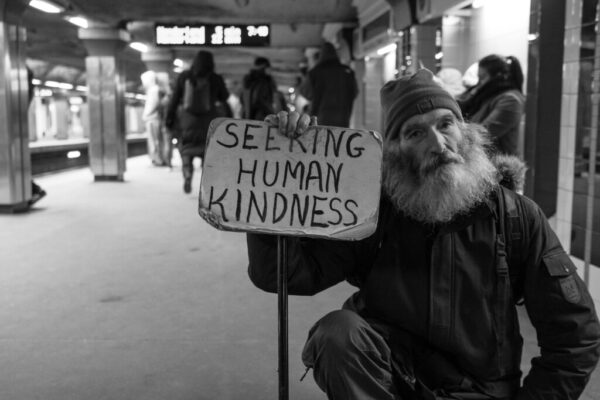
Jerry said he had to break into the unit to recover his belongings and he didn’t have enough cash to put up to get back into the house. Jerry said that he currently works two jobs during the week and one job during the weekends to make ends meet. He added that 65% of his paychecks are garnished to pay back child support. “I don’t want to be a dead-beat dad, but I don’t know how anybody can live on 35% of their income.”
Jerry said he was saving up for a deposit on a home, but the constant harassment from the police abatements make him feel like a criminal for camping in the only place in Salt Lake County where camping is even possible.
Utah Stories has received several negative comments about our providing a voice for the homeless. We would like to remind readers that from 1847 through the 1920s, camping was never illegal on the outskirts in Salt Lake County, and the majority of immigrants to Utah (including the Mormon Pioneers) arrived here homeless.

